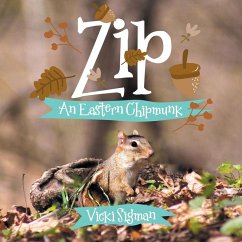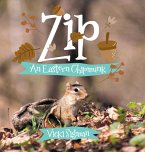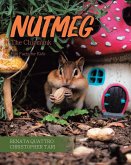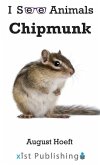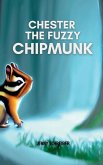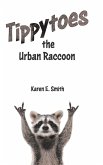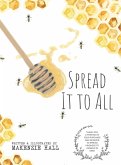An eastern chipmunk named Zip will introduce himself with color photography on every page. Here is an expressive and inquisitive animal interacting with a hobby photographer as they live their lives together at the edge of the forest in the Missouri Ozarks. Zip will teach children how to identify the eastern chipmunk, what they eat, and where they live. He will show off his uncanny ability to stuff his chubby cheeks with nuts and scurry to and from his burrow to get ready for winter. Several pages engage children in seek and find as they locate Zip in his natural habitat. Readers can use Zip to help children learn to count and to introduce vocabulary, like "burrow" and "camouflage." Zip will help children develop the scientific skill of observation. This book utilizes a dyslexia-friendly font. Not only a delightful nature picture book for children, but an entertaining and informative book that will captivate readers of all ages.
Hinweis: Dieser Artikel kann nur an eine deutsche Lieferadresse ausgeliefert werden.
Hinweis: Dieser Artikel kann nur an eine deutsche Lieferadresse ausgeliefert werden.

